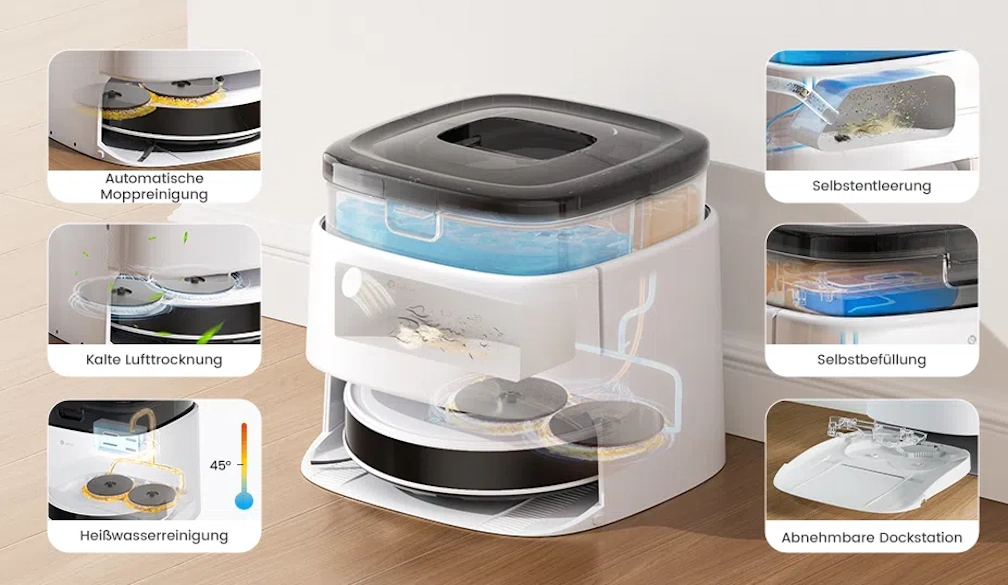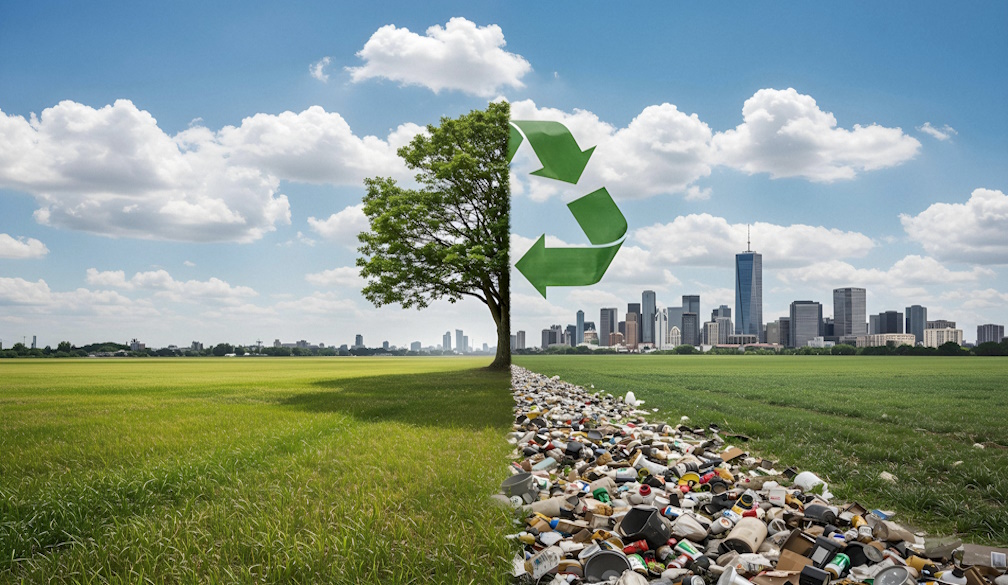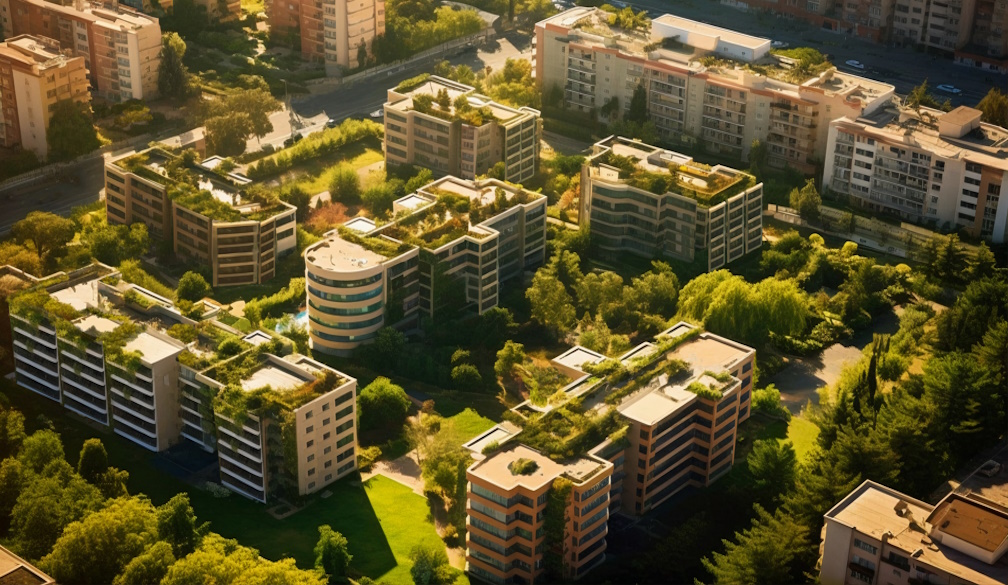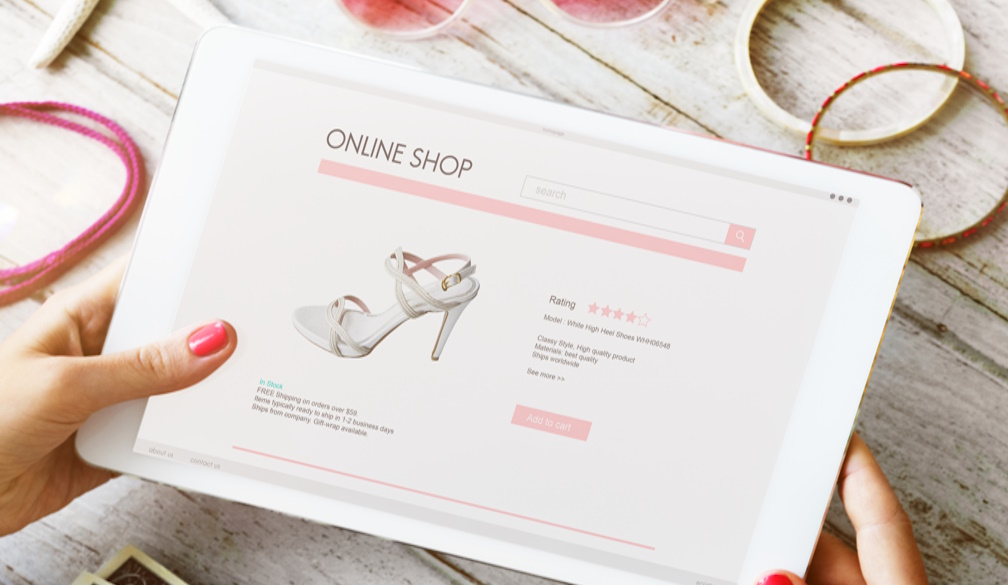Why a Whiteboard Is Still Essential in Modern Work and Learning Environments

Despite the rise of digital tools and screen-based collaboration, the humble whiteboard continues to play a vital role in classrooms, offices, studios, and meeting rooms. It’s a simple yet powerful tool that encourages communication, creativity, planning, and teamwork. With its clean surface, erasable features, and versatility, a whiteboard can adapt to almost any setting — whether you’re teaching a class, hosting a business meeting, brainstorming a project, or managing tasks.
From traditional framed boards to modern glass panels and mobile units, the whiteboard remains a staple in educational and professional environments for good reason.
The Ongoing Relevance of the Whiteboard
Many people assume that the whiteboard has been replaced by digital screens and tablets. While those tools certainly have their place, the whiteboard offers an immediacy and tactile experience that digital alternatives often lack. In fast-paced settings where spontaneous ideas need to be shared or visualised, the ability to pick up a marker and start writing — with no software or connectivity issues — is unmatched.
For educators, the whiteboard provides a clear, direct way to explain concepts and engage students. In business, it’s a trusted space for mind mapping, illustrating data, outlining strategy, and conducting meetings.
Different Types of Whiteboards
There are several styles of whiteboard available today, catering to different uses and environments. The most common type is the standard melamine whiteboard — cost-effective and ideal for light to moderate use. Glass whiteboards offer a more modern look and better resistance to staining, making them a popular choice in high-end offices.
There are also magnetic whiteboards, which double as display boards for documents or visual aids using magnets. Mobile whiteboards provide flexibility, allowing you to move the board between rooms or team areas. Wall-mounted boards, on the other hand, offer a fixed, always-available space for presentations or instruction.
Choosing the right whiteboard depends on your specific needs, space, and how often it will be used.
Whiteboards in Education
The whiteboard is one of the most useful tools in modern classrooms. Teachers use it to illustrate lessons, solve problems in real time, and engage students with interactive content. Unlike chalkboards, whiteboards produce less dust and are easier to clean, making them a healthier and more practical option in learning environments.
For students, the whiteboard becomes a focal point — a space where ideas are visualised and learning becomes interactive. Many schools now incorporate whiteboards with projectors, turning them into hybrid teaching tools that can blend traditional and digital content.
Even in university lecture halls and training centres, the whiteboard remains an irreplaceable tool for instruction and group discussion.
Whiteboards in Business Settings
In professional environments, the whiteboard is a staple in meeting rooms, collaborative spaces, and workstations. It serves as a platform for idea generation, planning sessions, workflow management, and real-time communication. Businesses use whiteboards to map out strategies, track KPIs, plan campaigns, and brainstorm ideas during team huddles.
Agile teams often rely on a physical whiteboard to create kanban boards or sprint plans, especially when they need a central, visible system everyone can interact with. Even in hybrid work environments, where digital tools dominate, a whiteboard can foster focus and face-to-face collaboration when teams are onsite.
Creative and Personal Uses
Outside of education and business, the whiteboard is widely used in creative spaces, studios, and homes. Designers and artists use whiteboards to sketch concepts, list creative goals, or map visual ideas. In households, a small whiteboard on the fridge or wall can serve as a to-do list, meal planner, or family message board.
Many people also use personal desktop-sized whiteboards for quick notes, reminders, or motivational quotes. The flexibility of a whiteboard means it can be as structured or free-form as you need it to be.
Maintenance and Care Tips
To get the most from your whiteboard, regular cleaning is important. While dry-erase markers are designed to wipe off easily, residue can build up over time and cause ghosting. Use a soft cloth or whiteboard eraser after every use, and deep clean periodically with a whiteboard cleaner or isopropyl alcohol.
Avoid using permanent markers or sharp objects on the board surface. If stains do appear, they can usually be removed using a dry-erase marker over the top, followed by immediate wiping.
A well-maintained whiteboard not only lasts longer but also looks cleaner and more professional in any environment.
Environmental Benefits of Whiteboards
Compared to paper-based planning tools or disposable notes, a whiteboard offers a reusable surface that reduces waste. In classrooms and offices where brainstorming, teaching, or note-taking happens daily, switching to a whiteboard can significantly cut down on paper usage.
This makes whiteboards a more sustainable choice, especially when paired with refillable markers or eco-friendly brands. Some whiteboards are even made from recycled materials, adding another layer of environmental responsibility.
Trends in Whiteboard Design
Modern design trends are giving the traditional whiteboard a facelift. Frameless glass boards are now a popular option in high-end offices, offering a sleek, minimalistic aesthetic. Colourful backgrounds, printed grids, and dual-function boards (whiteboard + pinboard combo) are becoming more common in collaborative environments.
Technology is also evolving. Digital whiteboards — large touchscreens with whiteboard functionality — are being used in corporate and education settings for remote collaboration. But for many, the physical whiteboard still holds an irreplaceable spot as a fast, intuitive, and accessible communication tool.
Conclusion
Whether in a school, boardroom, studio, or home, the whiteboard remains a trusted companion for communication, organisation, and creativity. Its simple, functional design has stood the test of time, proving that not all effective tools need to be digital. Choosing the right whiteboard and maintaining it well ensures a clean, clear space for expression, planning, and learning — no matter where you use it.













